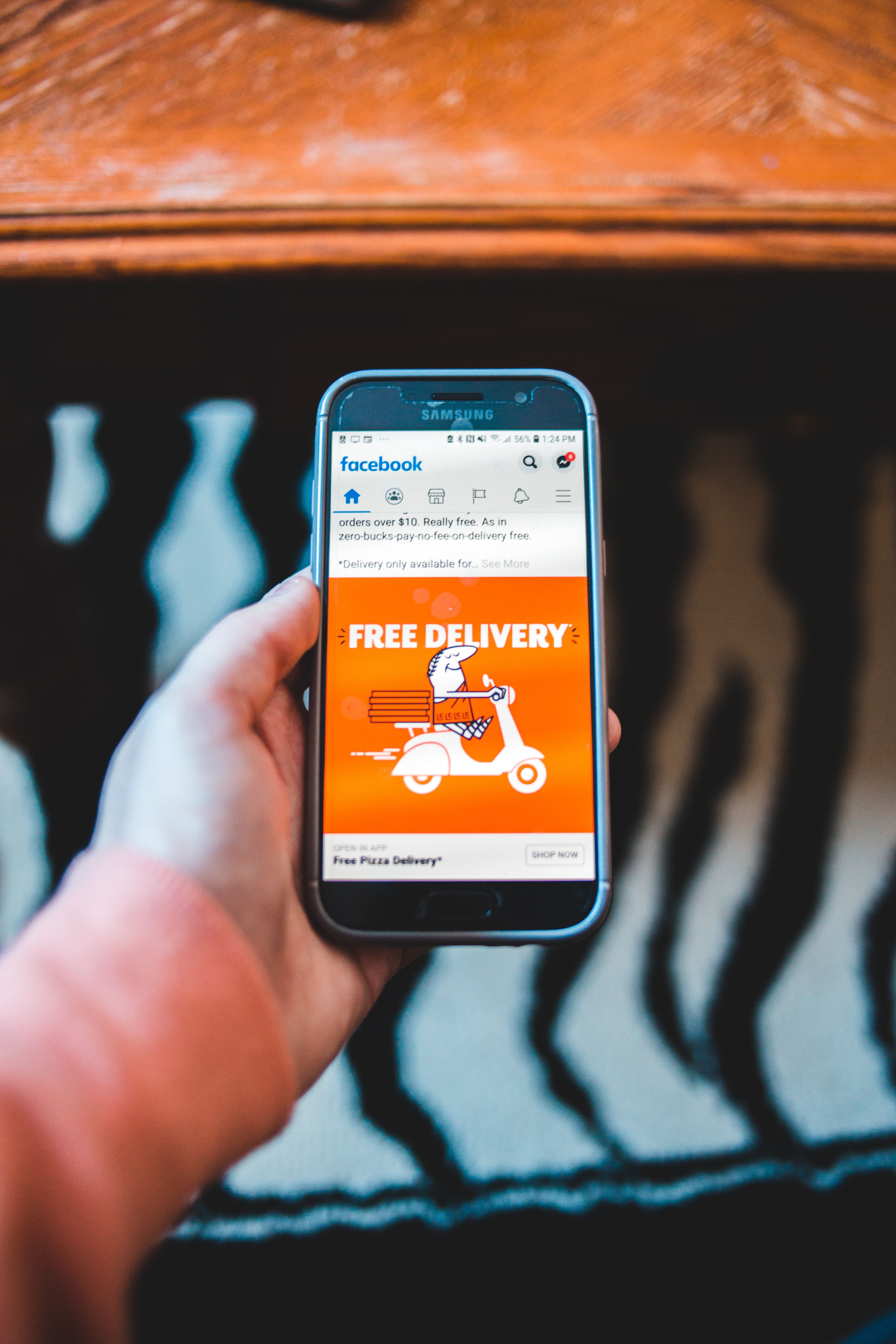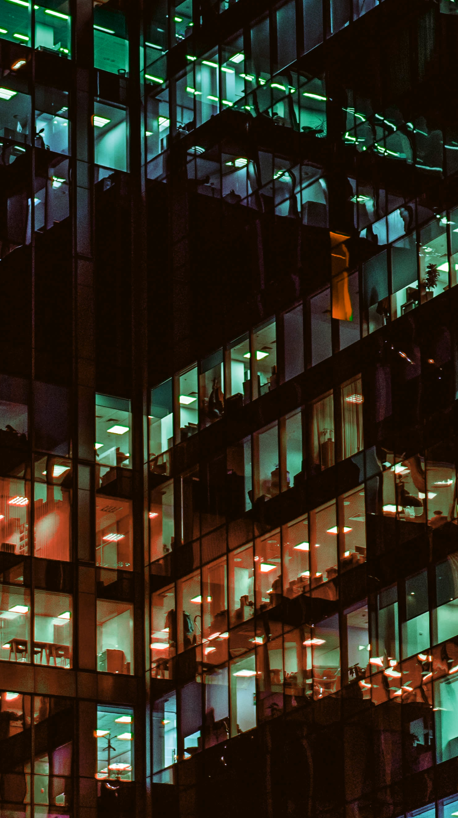The Evolution of Running an Errand – and Its Impact on the Future of Transportation

- 16th November 2020
[5 Minute Read]
We have all participated in some form of buying groceries, grabbing lunch, picking up a birthday gift and/or making a Costco run. In recent years, we have witnessed the disruption of these traditional everyday activities. Our ability to purchase items online and receive them within hours rather than days has redefined our definition of running an errand.
The resulting shift in consumer behavior has continued to impact the demand on express delivery options. The coronavirus pandemic has only increased this demand according to research from Edison Trends, which studies anonymized and aggregated e-receipts from millions of U.S. consumers.
This increased consumer demand for speed and convenience has required various industries including e-commerce, retail, pharma, food and grocery to be more agile and evolve their supply chain operations. The adoption of the Hub and Spoke Distribution Model, and the use of independent contractors as last mile carriers, who use personal vehicles to transport goods are examples of this evolution.
Our transportation system can be directly impacted by these changing trends. A number of challenges come to the forefront for policy makers, responsible agencies and transportation planning in general For example, Metropolitan planning organizations (MPOs) will need to consider the increased daily truck traffic generated from these distribution centers being located in urban locations and the corresponding employee commuter impact on congestion. In addition, the increased consumer adoption of express delivery options coupled with strategically located package delivery lockers could result in the reduction of consumer shopping trips. Noncommercial vehicles being used for commercial delivery will impact trip generation, distribution and assignment. As a result, travel demand models will need to account for these shifts in behavior.
Transportation planners designing a vision that supports the future of life for the next 20, 30 years will need to create a system supporting the changing distribution of vehicle types and density from the proliferation of e-commerce delivery.
Have a question or comment? We’d love to hear from you. You can reach us at info@ecointeractive.com.

